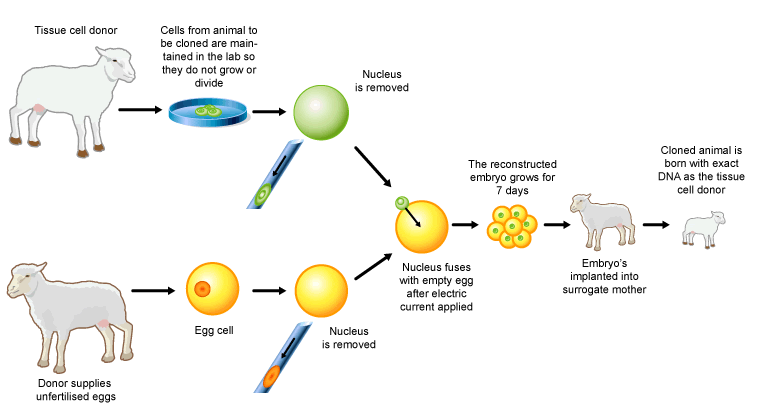top of page

Stem Cells Then, Now, and Later
The History, Progression, and Future of Stem Cell Research


categories
What Is a Stem Cell?
A stem cell is an undifferentiated cell that is capable of splitting into indefinitely more cells of the same type, and from which certain other kinds of cells arise by differentiation. Since these cells do not have a specific form or function, they can be manipulated by the chemical secretions of neighboring, specified cells. Given a certain name and purpose, these cells have the potential to replace dead tissue, replace lost organs, and cure diseases such as heart disease or arthritis.
Cell Differentiation
Definition: The process by which a cell becomes specialized in order to perform a specific function
Issues
The ethical, legal, and social concerns associated with the topic of stem cell development and research
Quick Links
The events leading to modern stem cell understanding and those innovators who contributed to those discoveries
Timeline
References
Research and researchers that led to the development of this website - listed by page
Why YOU Should Care
Future
The potential of stem cell innovations and technology and the plans for future funding for research
Some of the most serious medical conditions, such as cancer and birth defects, are due to problems that occur somewhere in the process of cell reproduction.


A better understanding of normal cell development and more advanced technology will allow us to understand and perhaps correct the errors that cause these medical conditions.

Today, donated organs and tissues are often used to replace those that are diseased or destroyed, but the number of recipients exceeds the number of donated organs. Pluripotent stem cells offer the possibility of a renewable source of replacement cells and tissues to treat a host of diseases and defects.
Frequently Asked Questions
Q: What is a stem cell line?
A: A stem cell line is a culture of cells grown in incubators with growth factor-containing media (liquid food source) that are able to replicate numerous times in vitro (outside of the body). Stem cell lines are not limited to one type of stem cell, all stem cells have the potential to be cultured in vitro.
Q: What is somatic cell nuclear transfer (SCNT)?
A: Somatic cell nuclear transfer (SCNT) is a genetic technique in which the nucleus of a somatic cell is transferred into an egg (gamete) that has previously had its nucleus removed. The new DNA within the egg and the original DNA within the somatic cell nucleus are identical.
Q: What is regenerative medicine?
A: Regenerative medicine aims to repair or replace damaged organs, tissues, cells, or entire organisms by administering various stem cell treatments or providing drugs that induce stem cell reactions already present within the body.
Q: What is bioethics?
A: "Bioethics is the study of the social, moral and ethical issues in the fields of scientific research, medical treatment and, more generally, in the life sciences."
Q: What are tissue-specific stem cells? Where do they come from?
A: 'Tissue-specific’ stem cells (also known as 'adult cells') are multipotent, meaning that they are able to form into a limited number of specified cell types (unipotent or bipotent).
Q: What are embryonic stem cells? Why are they important?
A: Embryonic stem cells are pluripotent stem cells, meaning they are able to form into all cell types of the body indefinitely, given the appropriate circumstances and conditions.
Q: What are "induced pluripotent cells" (iPS cells)?
A: Induced pluripotent cells (iPS cells) are non-pluripotent cells that were mechanically engineered to be able to form into all cell types of the body (pluripotent cells).


Q: What are the different types of stem cells?
A: Embryonic stem cells exist strictly at the earliest stages of development as different types of ‘tissue-specific’ stem cells appear during fetal development and continue to live in the body throughout life. Recently, scientists have been able to create artificial induced pluripotent stem cells (iPS) cells in the laboratory.


bottom of page




